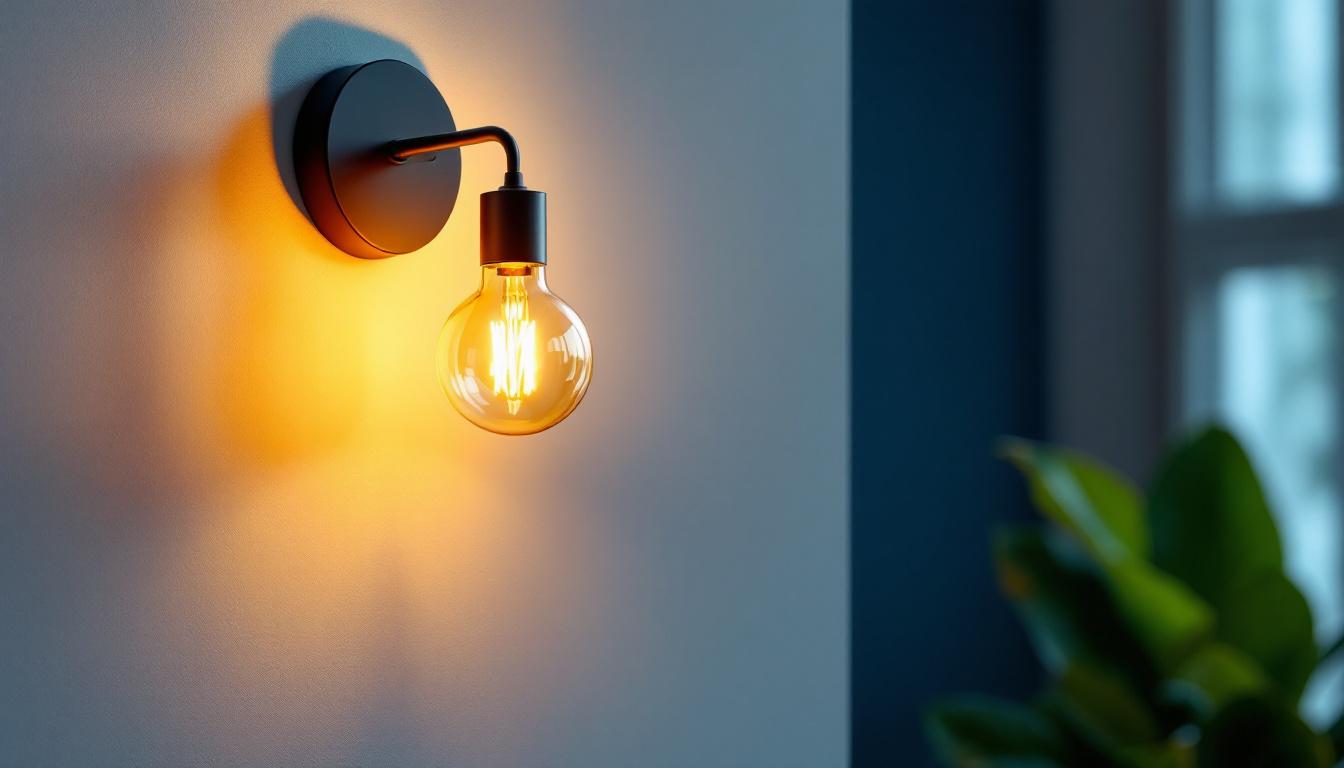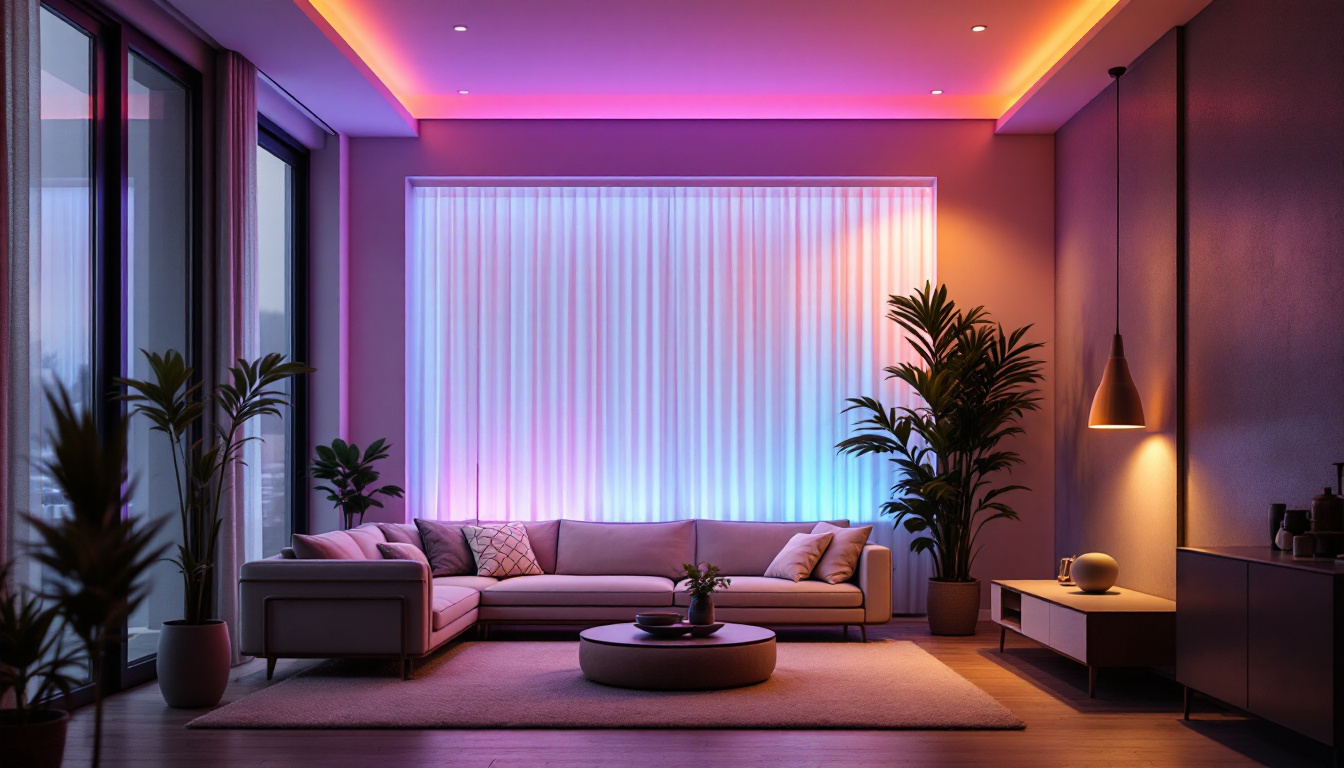
The evolution of lighting technology has introduced a myriad of options for contractors and homeowners alike. Among these innovations, smart switch lights have gained significant popularity due to their convenience and energy efficiency. As lighting contractors navigate this new landscape, several common questions arise regarding installation, functionality, and compatibility. This article aims to address these queries, providing valuable insights for professionals in the field.
Smart switch lights are designed to offer enhanced control over lighting systems, allowing users to manage their lights remotely through smartphones or voice-activated devices. These switches can be integrated into existing lighting setups, providing a seamless transition to a more modern approach to home illumination.
Smart switch lights come equipped with a variety of features that set them apart from traditional switches. One of the most significant advantages is remote access, enabling users to turn lights on or off from anywhere using a mobile app. Additionally, many smart switches offer scheduling options, allowing homeowners to automate their lighting based on their daily routines.
Another notable feature is compatibility with smart home ecosystems. Many smart switches can integrate with platforms such as Amazon Alexa, Google Assistant, or Apple HomeKit, facilitating voice control and enhancing user convenience. Furthermore, energy monitoring capabilities allow users to track their energy consumption, promoting more efficient usage. This can lead to significant savings on electricity bills over time, as users can identify which lights are frequently left on and adjust their habits accordingly.
At their core, smart switch lights operate through Wi-Fi or Bluetooth connectivity. When a user sends a command via a mobile app or voice assistant, the signal is transmitted to the smart switch, which then activates the connected light fixture. This process typically involves a hub or bridge that connects the smart switch to the internet, ensuring reliable communication.
Installation can vary depending on the specific model and the existing wiring setup. Most smart switches require a neutral wire for proper operation, which is an essential consideration for contractors during installation. Understanding the electrical requirements and ensuring compatibility with existing systems is crucial for a successful installation. Moreover, many manufacturers provide detailed installation guides and customer support to assist users in setting up their smart switches, making the process more accessible even for those with limited electrical knowledge.
In addition to their functional benefits, smart switch lights often come with customizable features that enhance the user experience. For instance, some models allow users to change the brightness and color of the lights, providing the ability to create the perfect ambiance for any occasion. Whether it’s a cozy movie night or a vibrant party atmosphere, these switches can adapt to suit the mood. Furthermore, with the integration of motion sensors, smart switches can automatically turn lights on when someone enters a room and off when they leave, adding an extra layer of convenience and energy efficiency to the home.
Installing smart switch lights may seem straightforward, but several factors must be considered to ensure a successful setup. As contractors become more familiar with these devices, addressing common installation questions can streamline the process and enhance customer satisfaction.
Most smart switch lights require a neutral wire to function correctly. This wire allows the switch to maintain a constant connection to power, even when the lights are turned off. Contractors should assess the existing wiring in the home to determine if a neutral wire is available. In older homes, this may not be the case, necessitating additional wiring work.
In addition to the neutral wire, contractors should also consider the load capacity of the circuit. Smart switches can handle varying wattages, so it is essential to ensure that the total load does not exceed the switch’s rating. This consideration is particularly important in multi-bulb setups or when integrating with high-wattage fixtures.
Compatibility is a critical aspect of installing smart switch lights. Contractors should verify that the chosen smart switch is compatible with the existing lighting fixtures and the home’s smart home ecosystem. This includes checking the voltage requirements, as well as ensuring that the switch can handle the type of bulbs being used, such as LED, incandescent, or fluorescent.
Furthermore, it is advisable to consult the manufacturer’s specifications and guidelines before installation. Some smart switches may have limitations regarding the number of bulbs they can control or the types of dimming functions available. Being informed about these details can prevent installation issues and enhance the overall user experience.
One of the most frequent issues encountered during installation is the absence of a neutral wire. As mentioned earlier, many smart switches require this wire for proper operation. If a neutral wire is not present, contractors may need to explore alternative wiring solutions or recommend switches that do not require a neutral wire.
Another common problem is connectivity issues. Smart switches rely on a stable Wi-Fi connection for remote access and functionality. If the Wi-Fi signal is weak or intermittent, users may experience difficulties controlling their lights. In such cases, contractors should assess the home’s Wi-Fi coverage and suggest solutions, such as Wi-Fi extenders or mesh networks, to improve connectivity.
When users encounter problems with their smart switch lights, there are several troubleshooting steps they can take. First, they should ensure that the smart switch is properly connected to the Wi-Fi network. This may involve resetting the switch and reconfiguring it through the mobile app.
Additionally, users should check for firmware updates for their smart switch. Manufacturers often release updates to improve functionality and fix bugs. Keeping the device updated can resolve many common issues and enhance overall performance.
For homeowners, the advantages of smart switch lights extend beyond mere convenience. Understanding these benefits can help contractors effectively communicate the value of these products to their clients.
One of the primary benefits of smart switch lights is their potential for energy efficiency. By allowing users to automate their lighting schedules, smart switches can help reduce energy consumption. For example, homeowners can program their lights to turn off when they leave for work and turn back on before they return home.
Moreover, many smart switches offer energy monitoring features, enabling users to track their usage patterns. This data can help homeowners identify areas where they can further reduce consumption, leading to significant cost savings on their energy bills over time.
Smart switch lights provide homeowners with unparalleled control over their lighting systems. With the ability to manage lights remotely, users can create customized lighting scenarios for various occasions, such as movie nights or dinner parties. Additionally, voice control integration allows for hands-free operation, further enhancing convenience.
Furthermore, the ability to set schedules and timers means that homeowners can enjoy peace of mind when it comes to security. For instance, programming lights to turn on and off at specific times can create the illusion of occupancy, deterring potential intruders.
The landscape of smart lighting technology is continually evolving, with new innovations on the horizon. Staying informed about these trends can help contractors remain competitive and provide cutting-edge solutions to their clients.
As the Internet of Things (IoT) continues to expand, smart switch lights are becoming increasingly integrated with other smart home devices. This interconnectedness allows for more sophisticated automation and control. For example, smart lighting systems can be programmed to respond to environmental changes, such as adjusting brightness based on natural light levels.
Artificial intelligence (AI) is also playing a role in the future of smart lighting. AI algorithms can analyze user behavior and preferences, allowing for more personalized lighting experiences. For instance, a smart lighting system could learn when a homeowner typically arrives home and automatically adjust the lighting accordingly.
With a growing emphasis on sustainability, advancements in energy-efficient technology are expected to continue shaping the smart lighting market. Innovations such as improved LED technology and energy-harvesting switches are paving the way for even greater efficiency. These developments not only benefit homeowners but also contribute to broader environmental goals.
Contractors should stay abreast of these advancements to offer clients the most efficient and sustainable lighting solutions available. By embracing new technologies, contractors can position themselves as leaders in the industry and meet the evolving needs of their customers.
Smart switch lights represent a significant advancement in lighting technology, offering contractors and homeowners enhanced control, energy efficiency, and convenience. By understanding the common questions and concerns surrounding these devices, contractors can provide better service and guidance to their clients. As the industry continues to evolve, staying informed about installation best practices, troubleshooting techniques, and emerging trends will be essential for success in the smart lighting market.
Embracing the future of lighting technology not only enhances the contractor’s skill set but also empowers homeowners to create more efficient, comfortable, and secure living spaces. The journey into the world of smart lighting is just beginning, and the opportunities for innovation and growth are boundless.
Ready to take your lighting projects to the next level? At LumenWholesale, we provide lighting contractors with the cutting-edge smart switch lights you need to stay ahead in the ever-evolving smart lighting market. Our commitment to quality and affordability ensures that you can offer your clients the enhanced control, energy efficiency, and convenience they demand, all at unbeatable wholesale prices. Say goodbye to middleman markups and hello to spec-grade lighting that meets the highest industry standards. Plus, with free shipping on bulk orders, you can stock up on premium lighting solutions without worrying about hidden fees. Don’t compromise on quality or value—visit Wholesale Lighting at the Best Value and elevate your lighting game with LumenWholesale today.

Discover innovative strategies to maximize profits in the lighting industry with our comprehensive guide for contractors.

Discover the top LED lights revolutionizing warehouse illumination and enhancing efficiency for lighting contractors.

Discover essential tips and expert advice for lighting contractors on mastering wall sconce lamp installations.

Discover why dimmable 0-10V lighting systems are essential for any successful lighting project.